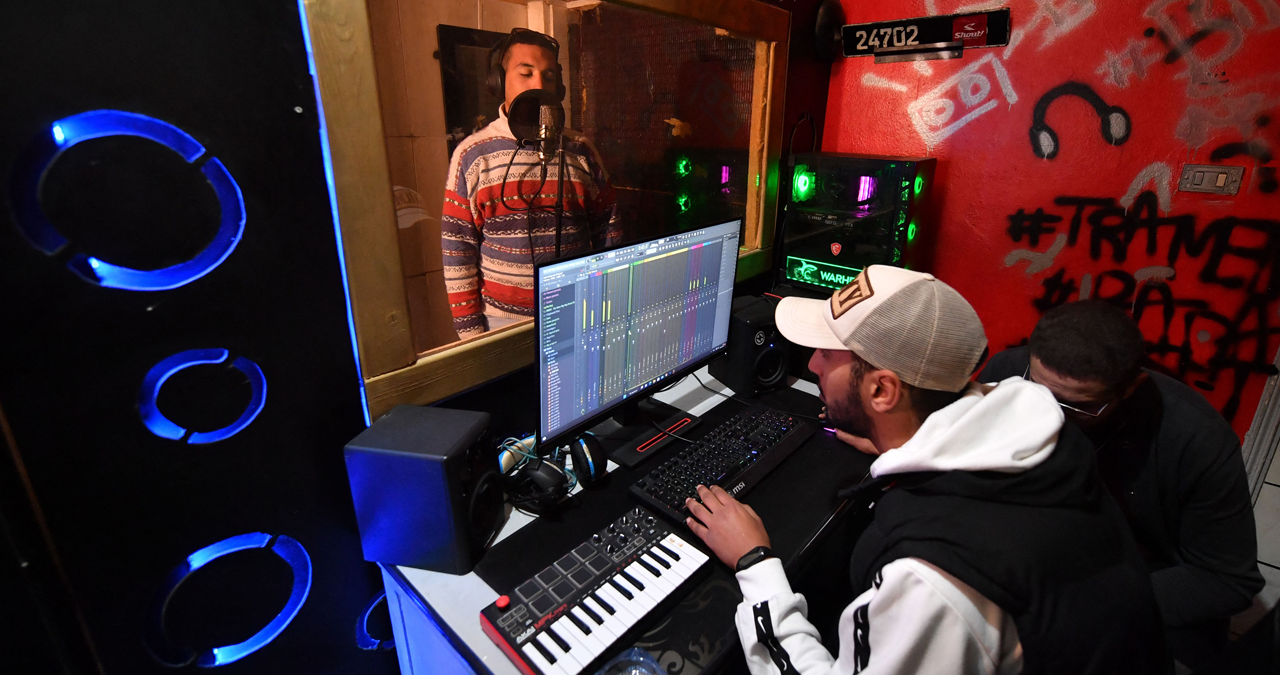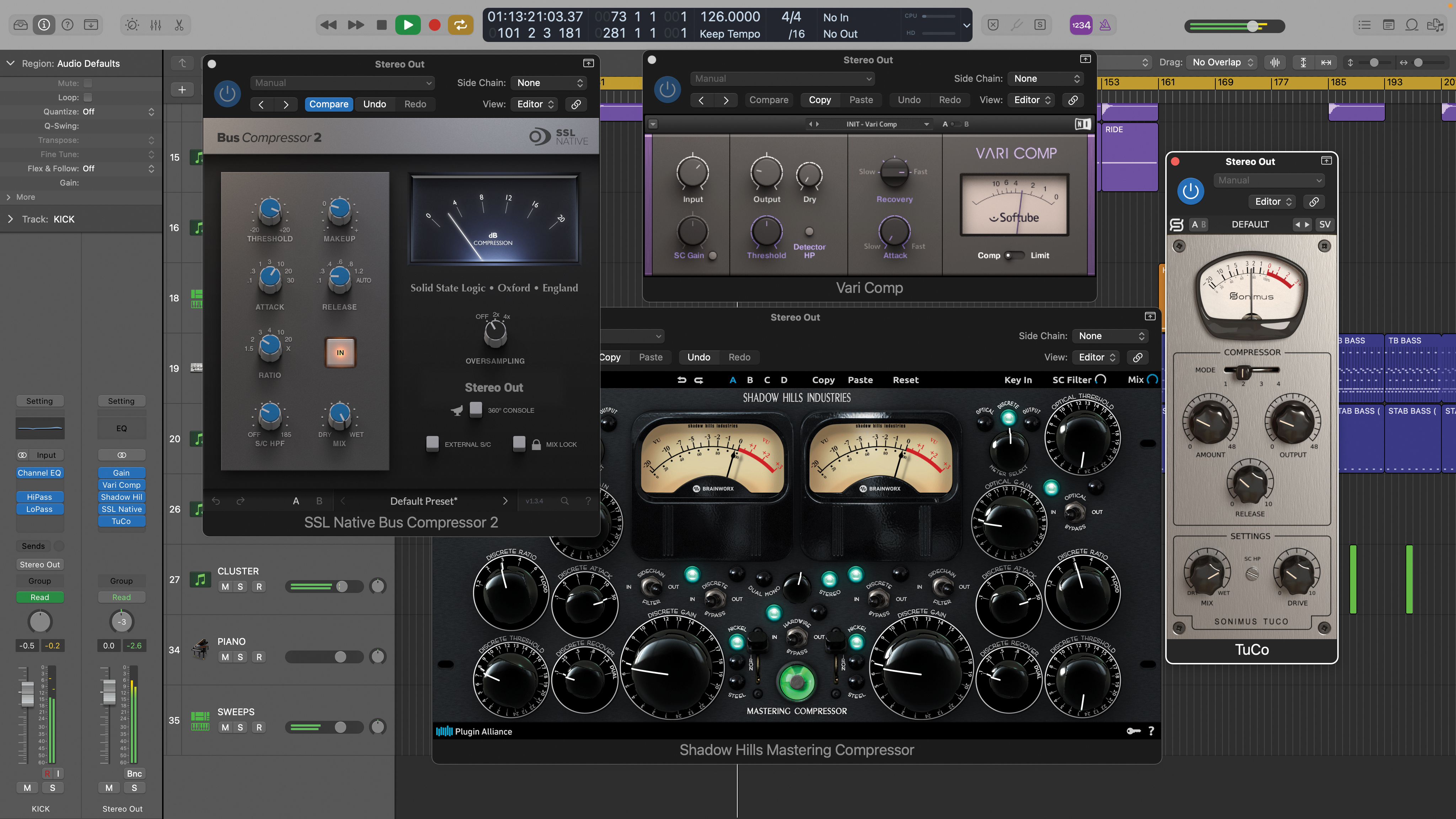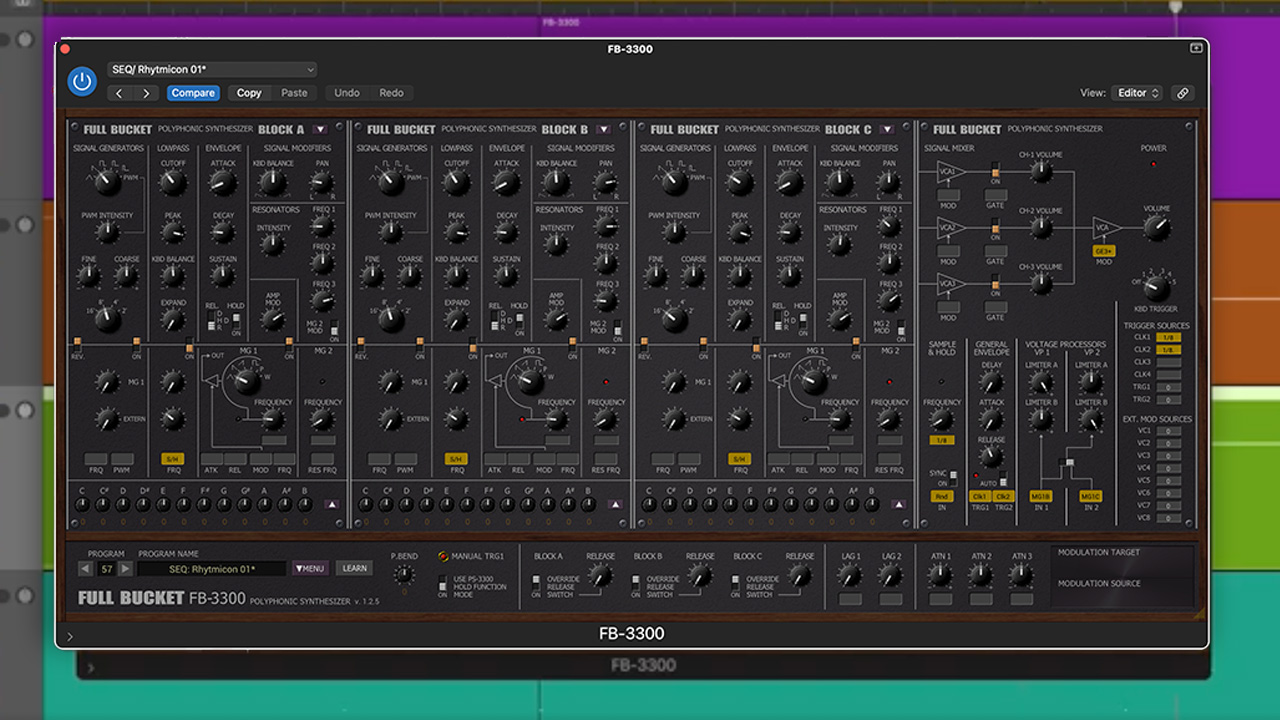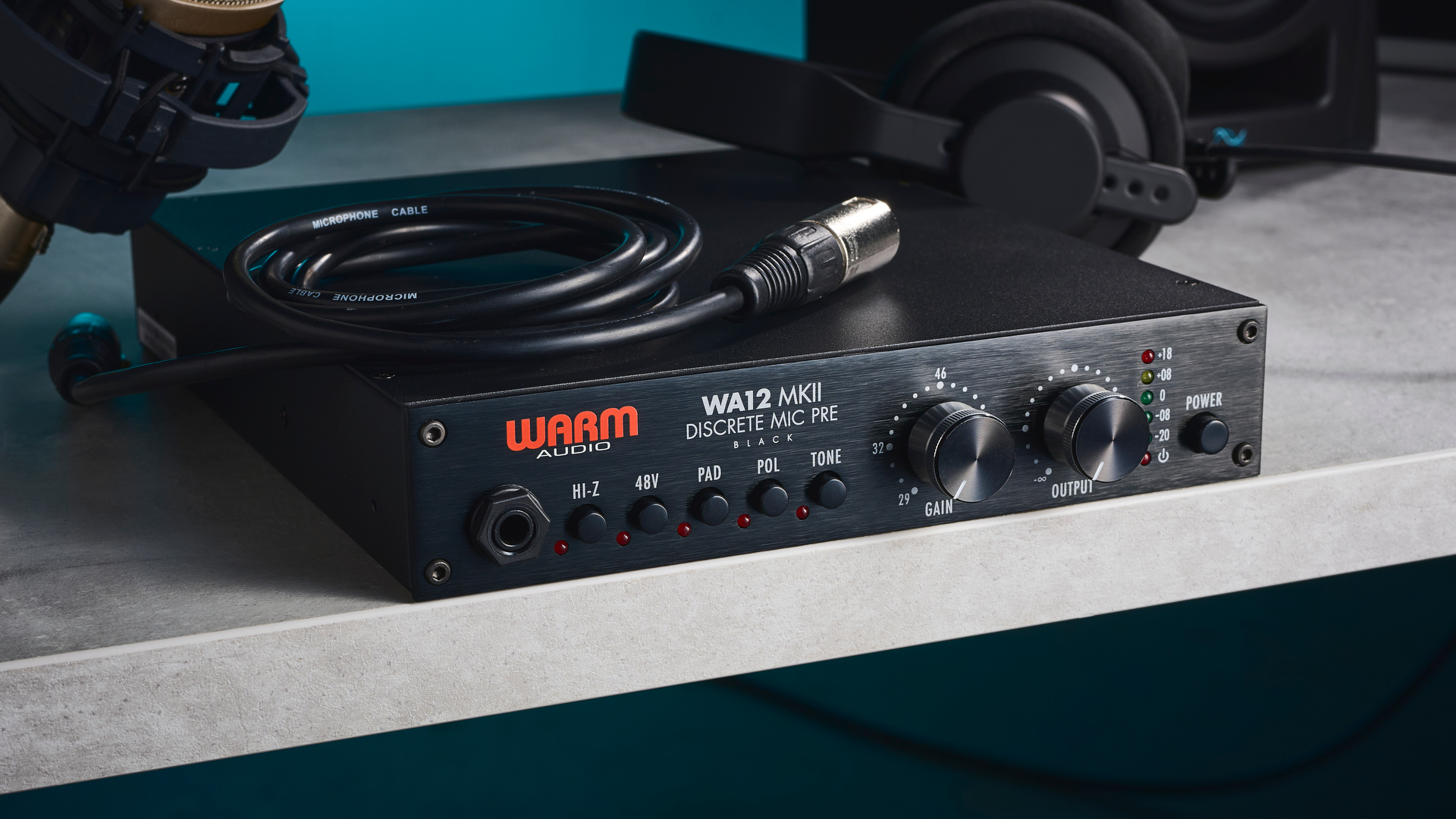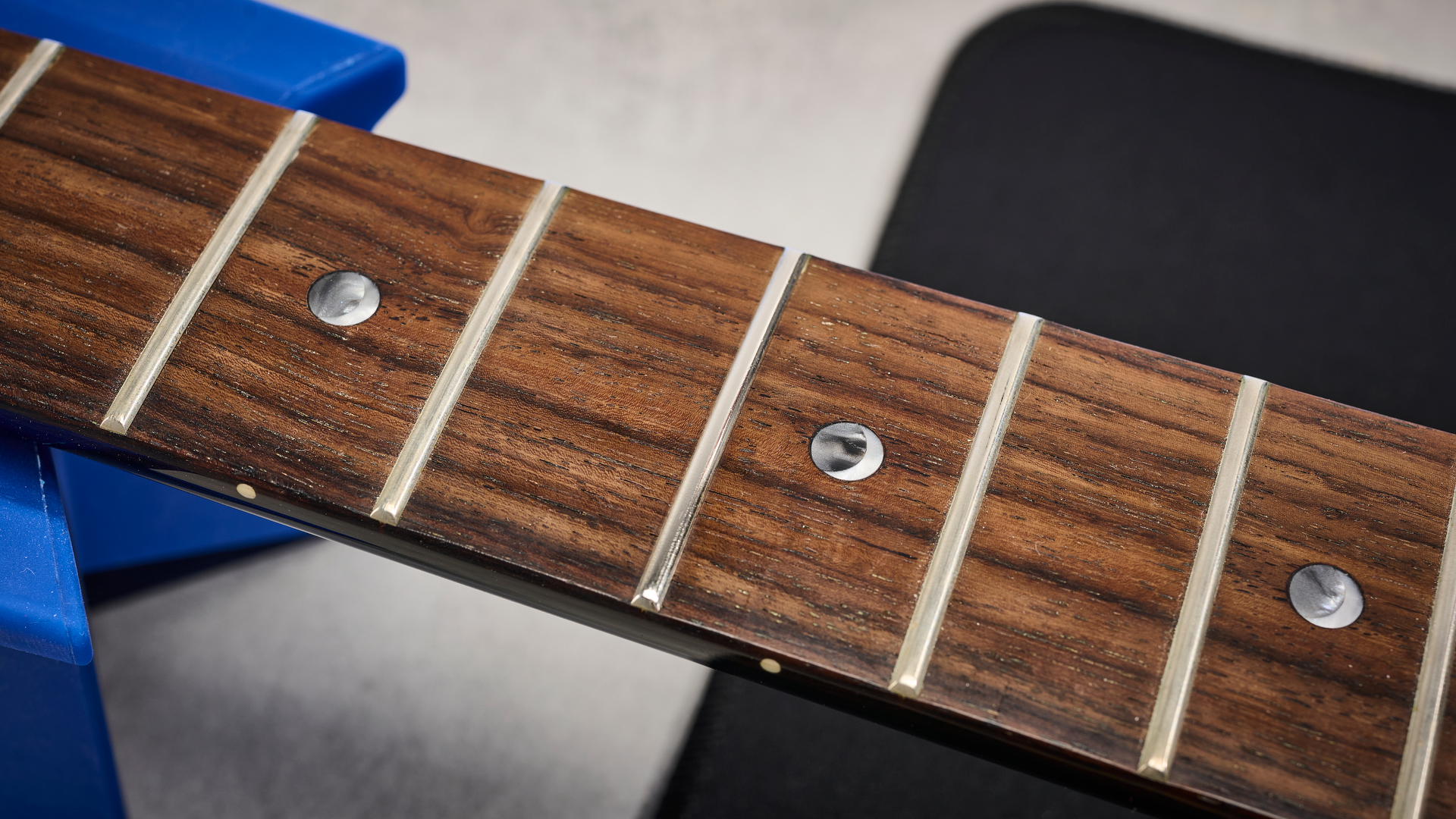9 ways to keep the inspiration flowing when you're making music
Avoid writer's block and other show-stopping production snags with our tips

With the modern DAW presenting so many creative and corrective possibilities at every stage of the production process, it can be all too easy to lose track of the bigger picture - the music itself.
The next time you find yourself in a compositional cul-de-sac, step back, take a deep breath and reach for this collection of muse-empowering tips and techniques.
For more on getting tracks finished and working faster, pick up issue CM235 of Computer Music.
1. Use placeholders
Is your music driving you loopy? Make raw ideas sound more like a song by filling 16 bars (or however many feels right) with crash cymbals, fills, incidental FX, risers, and so on. Put these in a template so you always have them when you start a song. This will stop you getting bored and help inspire the song's progression. You can, of course, switch out the 'placeholder' transitional sounds for more original ones when it comes to arrangement time.
2. Size doesn't matter
In the early stages of track-making, it's natural to gravitate towards huge, 3D sounds that seem to fill up the speakers just on their own. Remember, though, you're looking for memorability and character, not just sheer sonic size. If a sound does need enlargement in a certain area, layer it with another one that supplies the missing frequencies - for example, a simple string note on top of a thick, midrange chord - or allow other elements to take those roles in the mix.
3. Break the mould
Use your initial sound as fodder for extreme mangling and overt effects processing - do this on additional tracks or through resampling so you don't lose the original sound. The results are more likely to work within the mix than FX sourced from elsewhere, since they're based on a core sound that's already in your song.

4. MIDI manipulation
To create variations, we usually reach for audio effects or different instruments… but why not manipulate the MIDI itself? At its most basic, you could reverse a pattern, double/halve its length, or quantise it to a grid it's not intended to fit. At the more complex end of the scale, check out Logic's MIDI Transform and Cubase's MIDI Logical Editor - these offer deep and powerful ways to manipulate MIDI. Alternatively, use your DAW's MIDI plugins to create variations and record the MIDI to a new track to capture it permanently.
Get the MusicRadar Newsletter
Want all the hottest music and gear news, reviews, deals, features and more, direct to your inbox? Sign up here.
5. Filter friend
Never forget the power of the good-old resonant filter as a fast and efficient tone-shaping tool - that's what it's designed for, after all! Try a resonant low-pass on a frequency-rich chord sample, for example, to give a muted, low-key feel. Use keytracking filters in synths and samplers when you want the timbre to stay constant from note to note. If you can get your ideas sounding good with a bit of filtering here and there, things will come together much more quickly, with less EQ-twiddling madness required.
6. Grab a mic!
Instead of starting tracks with sounds from virtual instruments or sample packs, grab a microphone and get sampling, or take a portable recorder or phone outside and see what you can capture.
7. Keep it simple
If you've got too many good ideas fighting for attention, listeners may fail to latch onto the memorable central hook. The obvious tactic is to commit yourself to one idea and ditch the rest - you can always use them in other tracks. Alternatively, combine your ideas - say, the first half of one with the latter half
of the other to make a 'call and response' theme. Or use one of the phrases purely as an occasional fill.
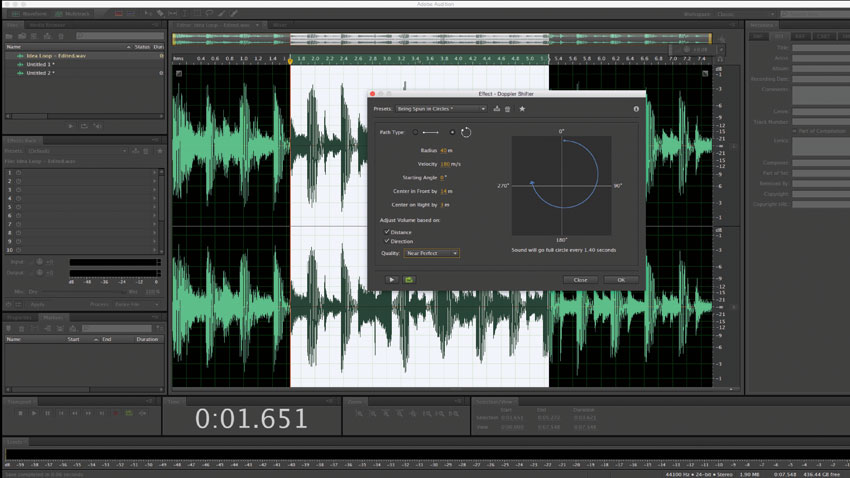
8. Mix it up
Do you always work in MIDI? Render everything to audio and start hacking it up! Are you a stickler for arranging audio on the timeline? Chop it up and chuck it in a sampler, triggering from a MIDI keyboard or pads. Take it further and export your idea to a totally different piece of software - and not necessarily a DAW! Try an audio editor like Adobe Audition or iZotope RX 5, or a visual sound tool like Photosounder or Sony SpectraLayers Pro. You can always import the results back into your favourite software!
9. Notes or rhythm
It can be easy to fixate on just the rhythm or notes of a musical fragment, but you usually want both aspects to be compelling. So, add syncopation to straight melodies and chords, and try alternate scales and chords. However you play it, identify which side you lean towards - notes or rhythm - and make efforts to redress the balance along the way.
Computer Music magazine is the world’s best selling publication dedicated solely to making great music with your Mac or PC computer. Each issue it brings its lucky readers the best in cutting-edge tutorials, need-to-know, expert software reviews and even all the tools you actually need to make great music today, courtesy of our legendary CM Plugin Suite.
“If you don’t start on time, that's not the musician’s problem”: Want to record some real musicians in your studio? Here’s how to prep for success
“Its provides the mix ‘glue’ that makes everything sound cohesive and finished”: Here's how to compress your mix bus for sonic punch

